Behind the design of national pavilions in Venice: three studios to know
Designing the British, Swiss and Mexican national pavilions at the Venice Architecture Biennale 2025 are three outstanding studios to know before you go
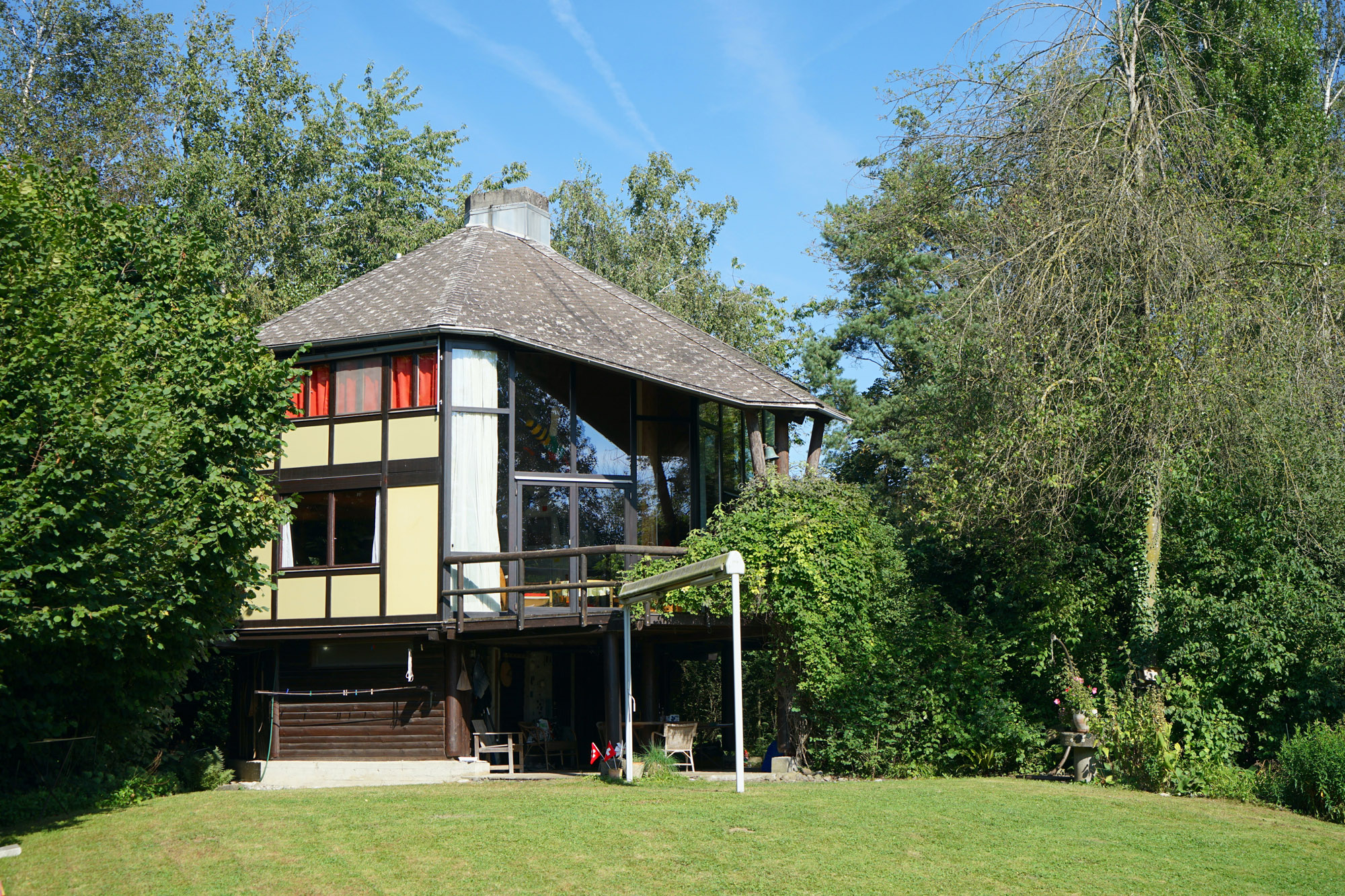
The Venice Architecture Biennale 2025 opens to the public on 10 May – and there's just time to gen up on the architecture studios behind some of the national pavilions before the big reveal.
The overall theme of 'Intelligens: Natural. Artificial. Collective' promises a cross-disciplinary, collaborative and broad take for this year’s festival. Drawing on curator Carlo Ratti’s research and practice, as well as making the most of an open call for submissions (the first ever for the Biennale), displays are set to touch on sustainability, human invention and the future in an effort to reimagine the relationship between nature and technology within architectural discourse.
As the 2025 edition opens and invites us to explore who and what is important in the field today, the national pavilions – running parallel to the main festival’s show – typically create their own, distinct universe, connected in varying degrees to the overall theme but always offering their rich, hyperlocal interpretations of the architectural zeitgeist. Here, we pick three of the most exciting studios, collectives and individual practitioners to know this year.
Venice Architecture Biennale 2025 national pavilions: 3 studios to know
Cave Bureau, Kenya
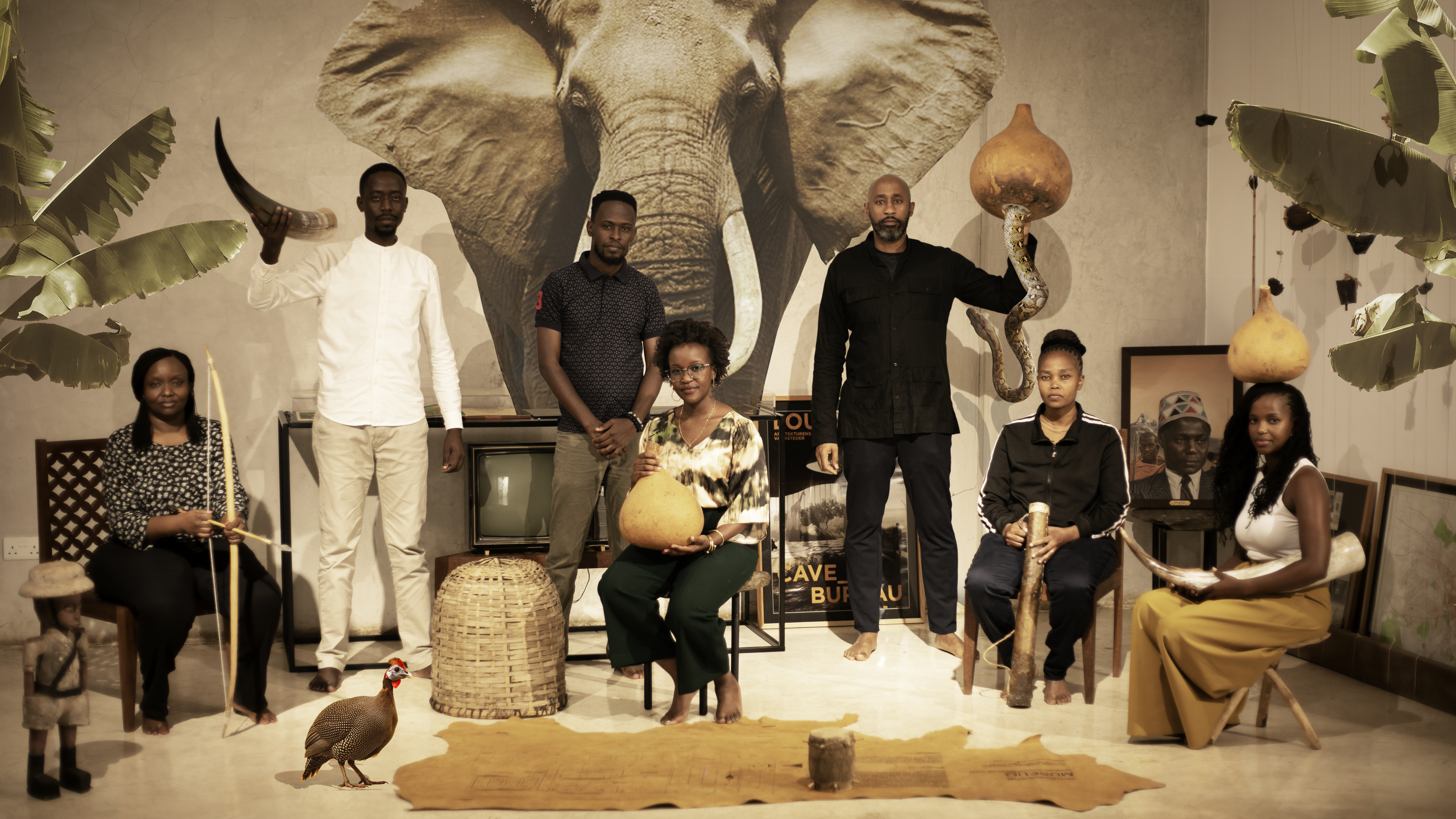
Cave Bureau is a Nairobi-based group of architects and researchers whose work examines the post-colonial African condition through the lens of landscape. Founded in 2014, the studio owes its name to its geographic origins in Kenya, and more specifically, Cave Bureau’s proximity to a site known as the Cradle of Humankind in South Africa spawned an interest in the origin of the human race as a species.
For the 2025 biennale, Cave Bureau is involved in the British Pavilion – which, as always, is commissioned by the British Council, and this time led by an expert multidisciplinary team including UK-based curator and writer Owen Hopkins and academic professor Kathryn Yusoff. The curatorial team cites The Great Rift Valley as the basis for the exhibition’s geographical, geological and conceptual focus.
Lisbeth Sachs, Switzerland
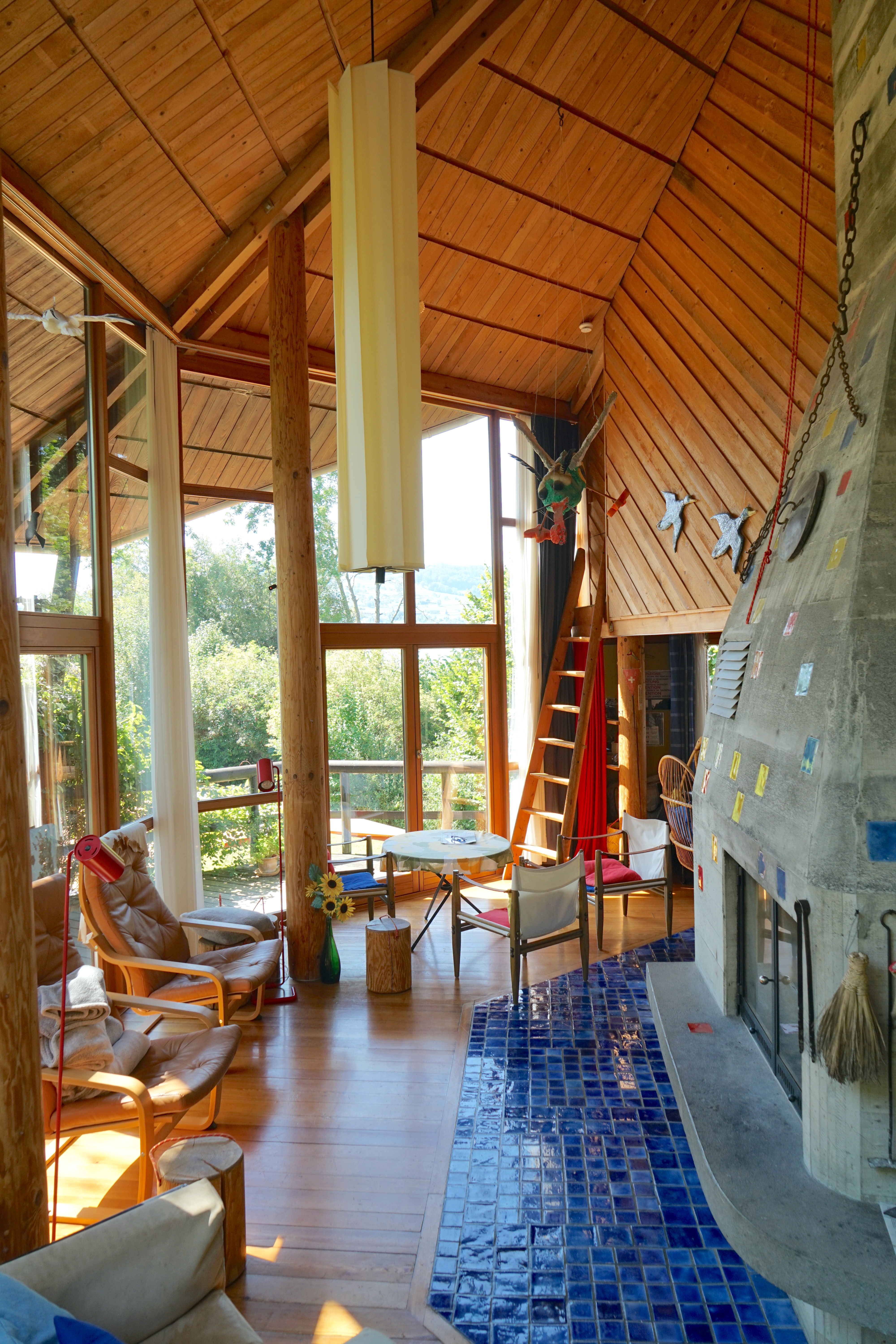
Architect Lisbeth Sachs (1914–2002) may be little-known outside her home country of Switzerland, but she is about to be granted a spotlight as part of this year‘s Swiss Pavilion in Venice. Curators and architects Elena Chiavi, Kathrin Füglister, Amy Perkins and Myriam Uzor of the Annexe group, working in collaboration with artist Axelle Stiefel and graphic designer Emma Kouassi, will recreate a site-specific, temporary art installation designed by Sachs for the 1958 Swiss Exhibition for Women’s Work (SAFFA) in Zürich. Through this piece, the team asks: ‘What would have happened if it was Lisbeth Sachs, not Bruno Giacometti, who had designed the Swiss Pavilion in the Giardini della Biennale di Venice?
Sachs' rich, characterful work is aptly represented in a compact home, Summer House Strauss (pictured above), which was completed in 1976 and is located on the shores of Lake Hallwil (Hallwilersee), a popular holiday destination in Aesch, close to Lucerne. It was commissioned by Dr Frank Strauss in 1964.
Receive our daily digest of inspiration, escapism and design stories from around the world direct to your inbox.
Pedro y Juana, Mexico
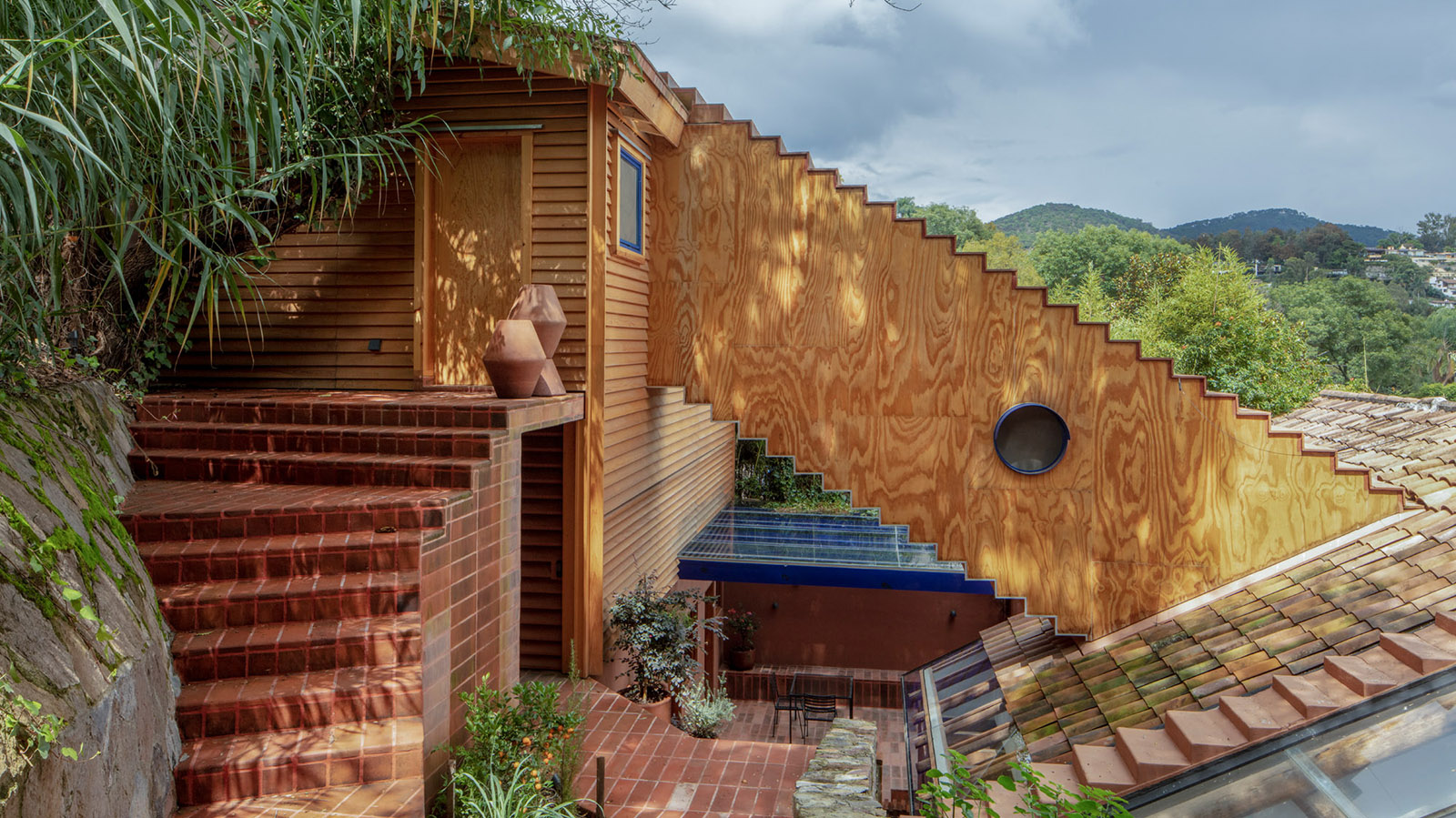
You might expect a business called Pedro Y Juana to be named for its respective partners, but the dynamic, Mexico City-based architecture and design practice is, in fact, led by co-directors Ana Paula Ruiz Galindo and Mechy Reuss. They explain that their choice of studio name had more to do with ideas of authorship and the nature of architecture practice than any literal representation. However, their choice of name signifies their transdisciplinary make-up and 'gives us the possibility for a more collaborative future,’ the founders explain.
Their participation in the 2025 biennale’s Mexico Pavilion is a case in point. The studio formed a collective with two more architecture offices (Estudio IUAPdA and Locus), graphic design agency Estudio María Marín de Buen, plant experts Lucio Usobiaga Hegewisch and Nathalia Muguet, and Miguel Ángel Vega Ruiz, Xavier Delgado González y Shantal Gabriela Haddad Gómez of lighting consultants ILWT. Their exhibit will explore Mexico’s chinampas – an ancient agroforestry system of growing crops on small plots within wetlands.
Read our guide to the 2025 Venice Architecture Biennale, which runs from 10 May to 23 November 2025
Ellie Stathaki is the Architecture & Environment Director at Wallpaper*. She trained as an architect at the Aristotle University of Thessaloniki in Greece and studied architectural history at the Bartlett in London. Now an established journalist, she has been a member of the Wallpaper* team since 2006, visiting buildings across the globe and interviewing leading architects such as Tadao Ando and Rem Koolhaas. Ellie has also taken part in judging panels, moderated events, curated shows and contributed in books, such as The Contemporary House (Thames & Hudson, 2018), Glenn Sestig Architecture Diary (2020) and House London (2022).
-
 Out of office: The Wallpaper* editors’ picks of the week
Out of office: The Wallpaper* editors’ picks of the week'Tis the season for eating and drinking, and the Wallpaper* team embraced it wholeheartedly this week. Elsewhere: the best spot in Milan for clothing repairs and outdoor swimming in December
-
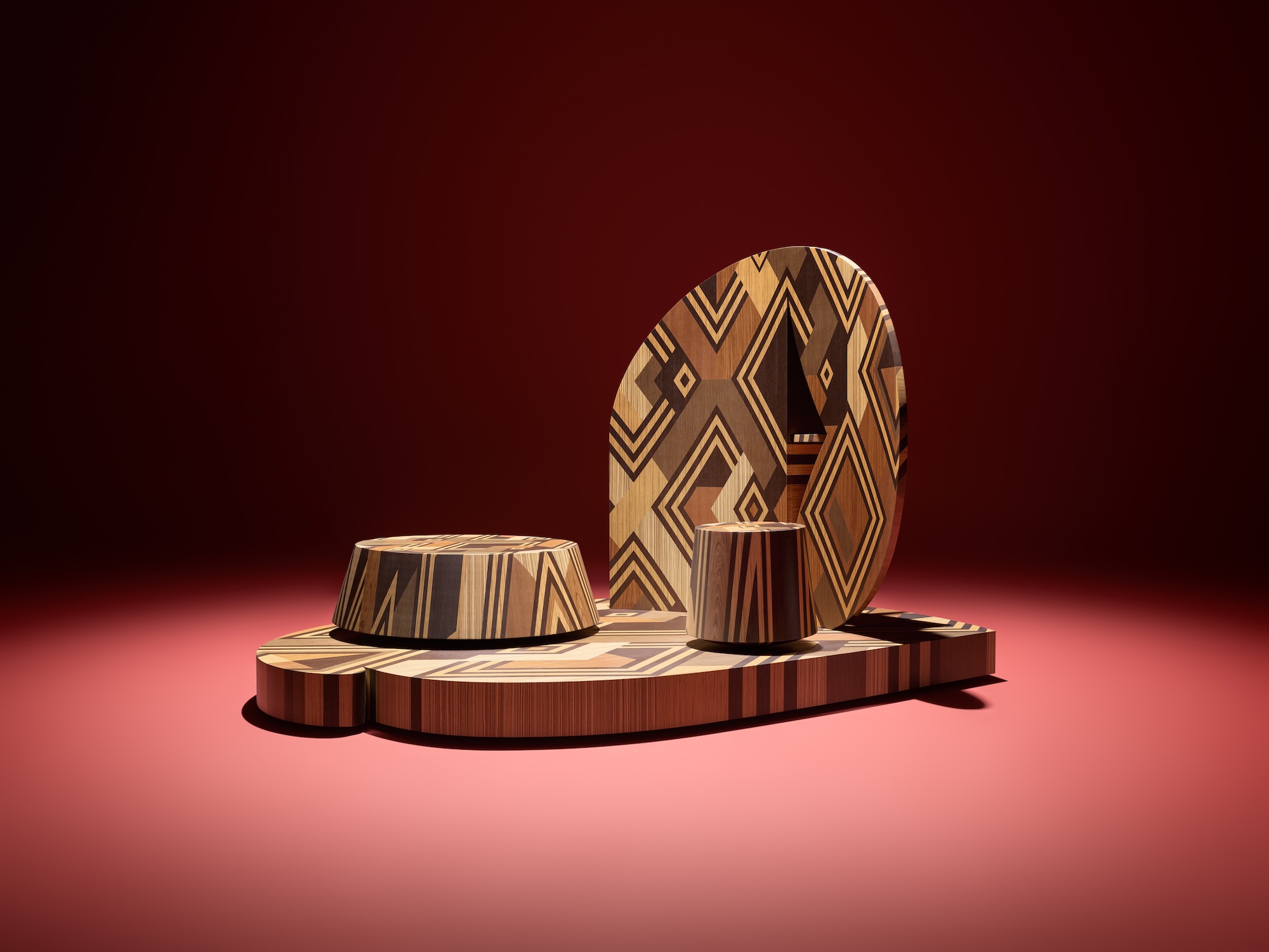 How Stephen Burks Man Made is bringing the story of a centuries-old African textile to an entirely new audience
How Stephen Burks Man Made is bringing the story of a centuries-old African textile to an entirely new audienceAfter researching the time-honoured craft of Kuba cloth, designers Stephen Burks and Malika Leiper have teamed up with Italian company Alpi on a dynamic new product
-
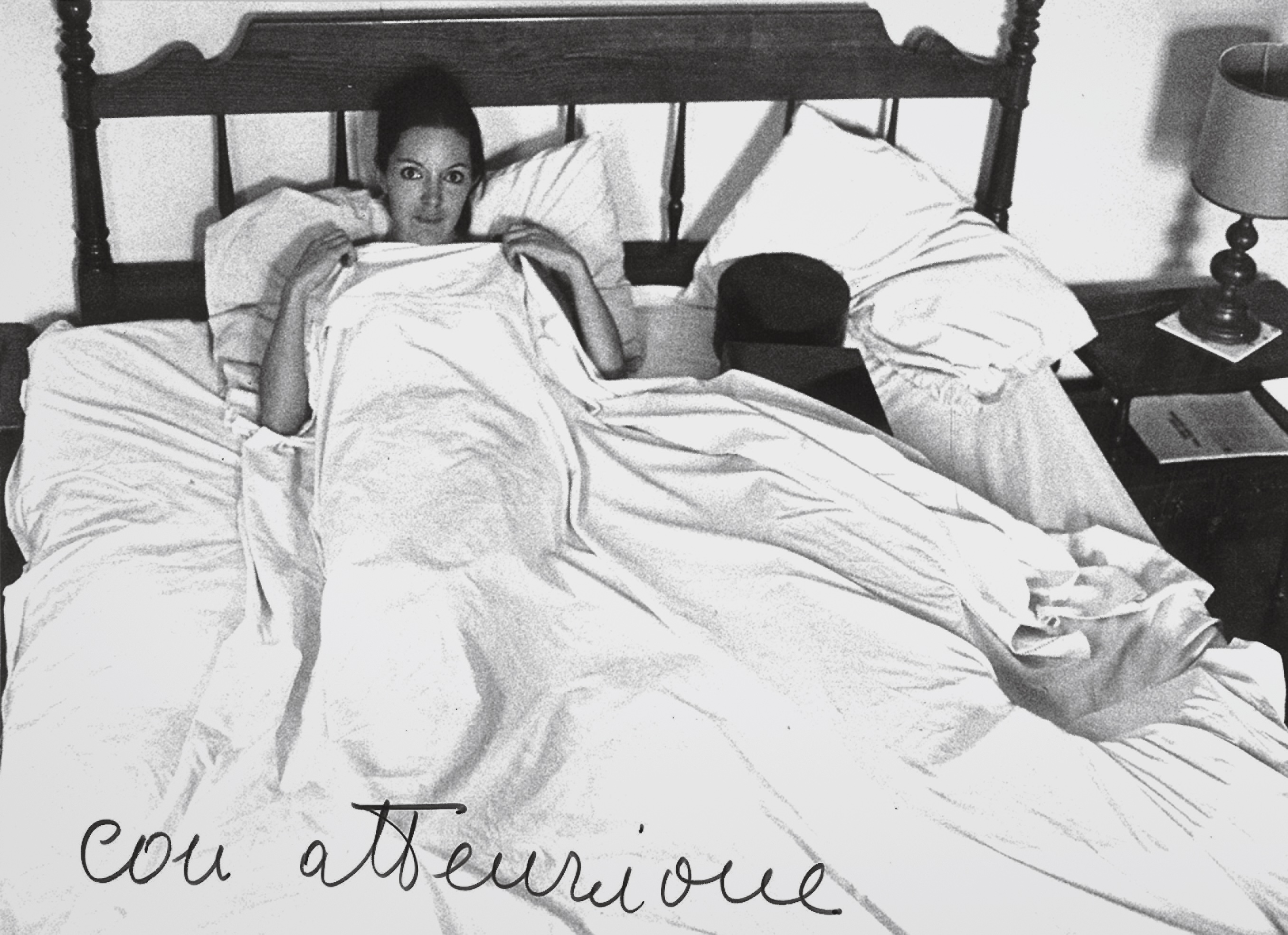 Valie Export in Milan: 'Nowadays we see the body in all its diversity'
Valie Export in Milan: 'Nowadays we see the body in all its diversity'Feminist conceptual artists Valie Export and Ketty La Rocca are in dialogue at Thaddaeus Ropac Milan. Here, Export tells us what the body means to her now
-
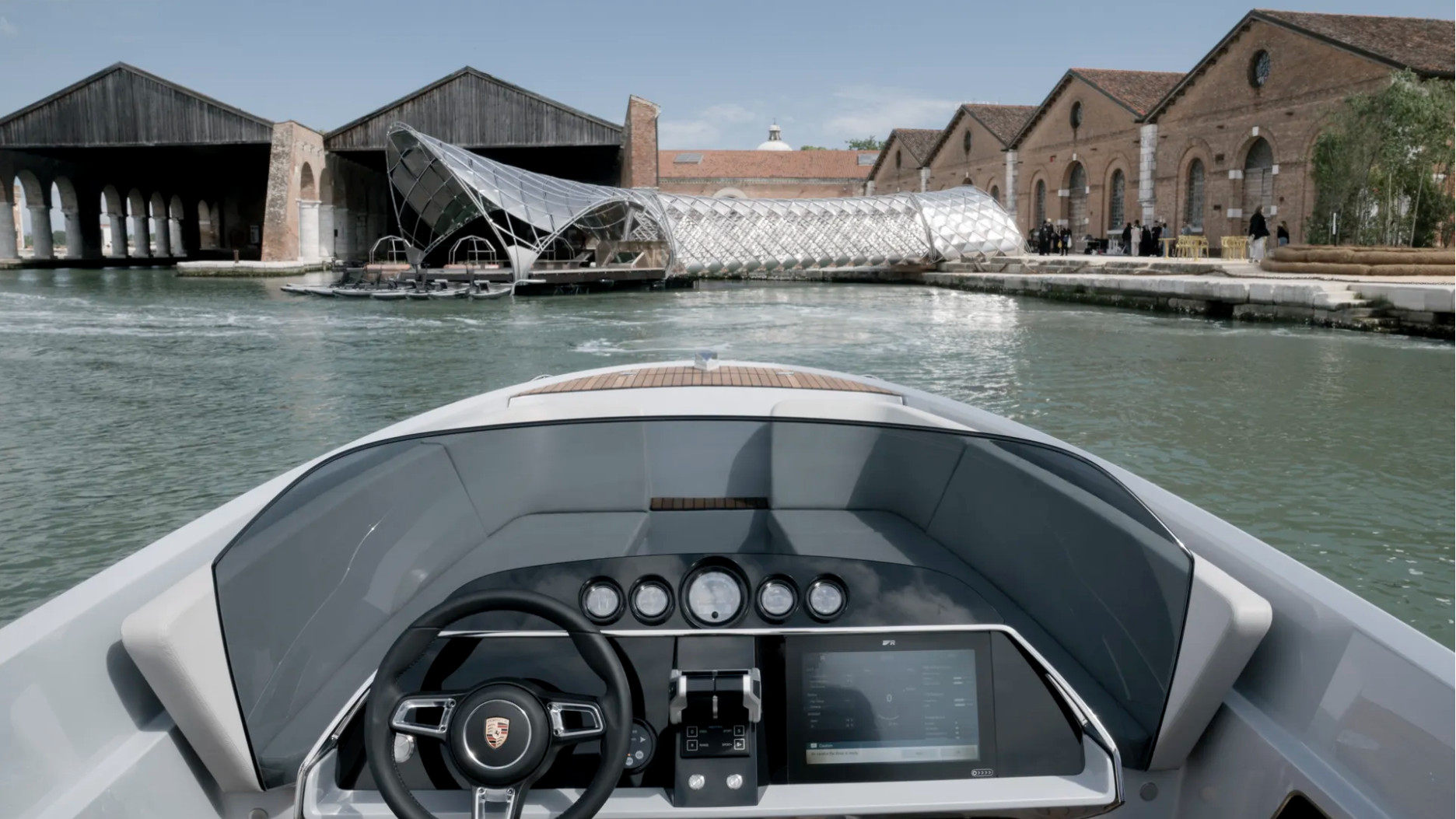 Porsche and the Norman Foster Foundation rethink the future of mobility
Porsche and the Norman Foster Foundation rethink the future of mobilityA futuristic Venice transport hub, created with the Norman Foster Foundation for Porsche’s The Art of Dreams programme, is a star of the city’s Architecture Biennale
-
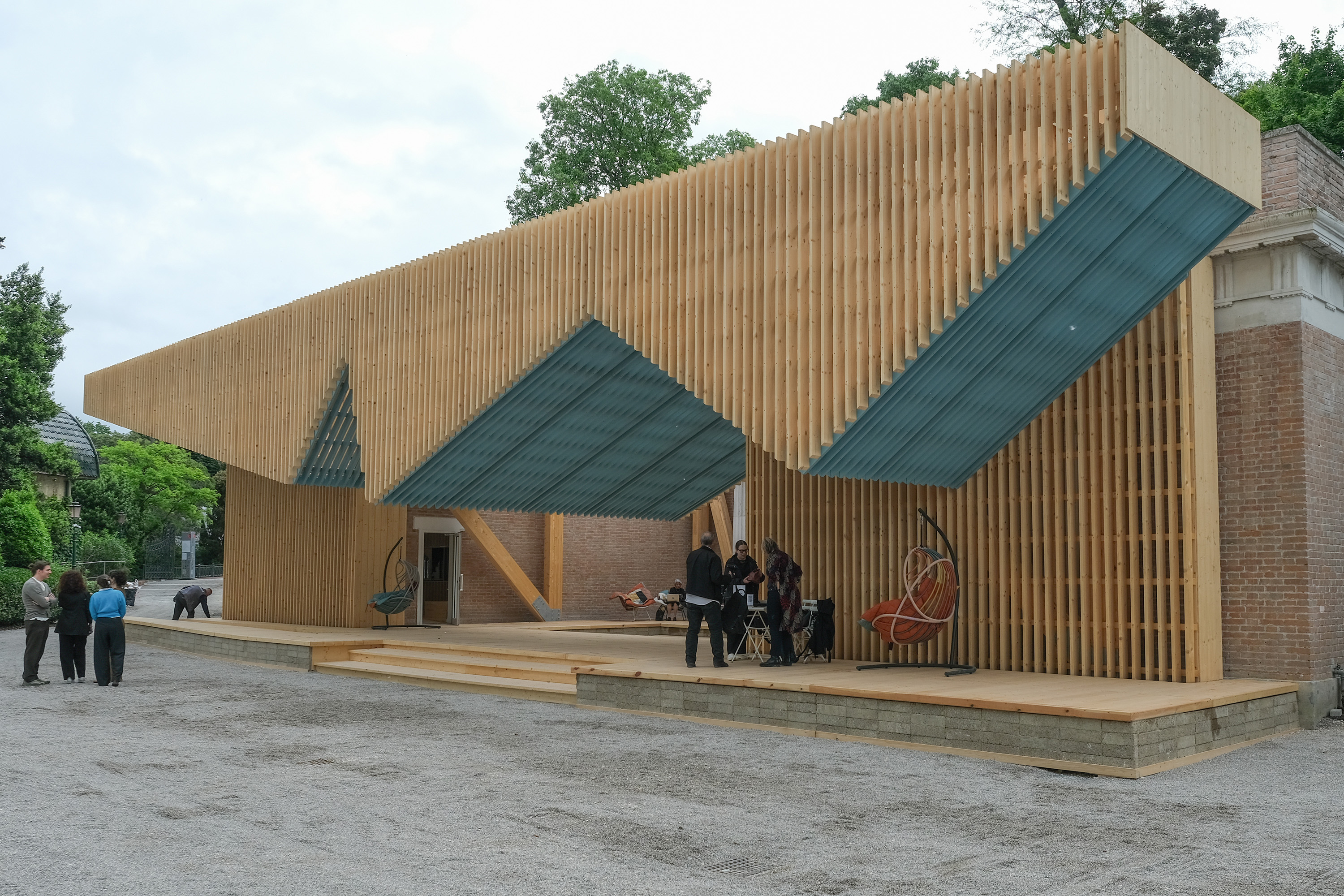 Want to be a Venice pavilion commissioner? Bring ideas – and your Rolodex
Want to be a Venice pavilion commissioner? Bring ideas – and your RolodexThe impressive showings of the USA's Venice pavilion in the Giardini belie the ambitious fundraising efforts that underpin them. Past and present curators tell us how it works
-
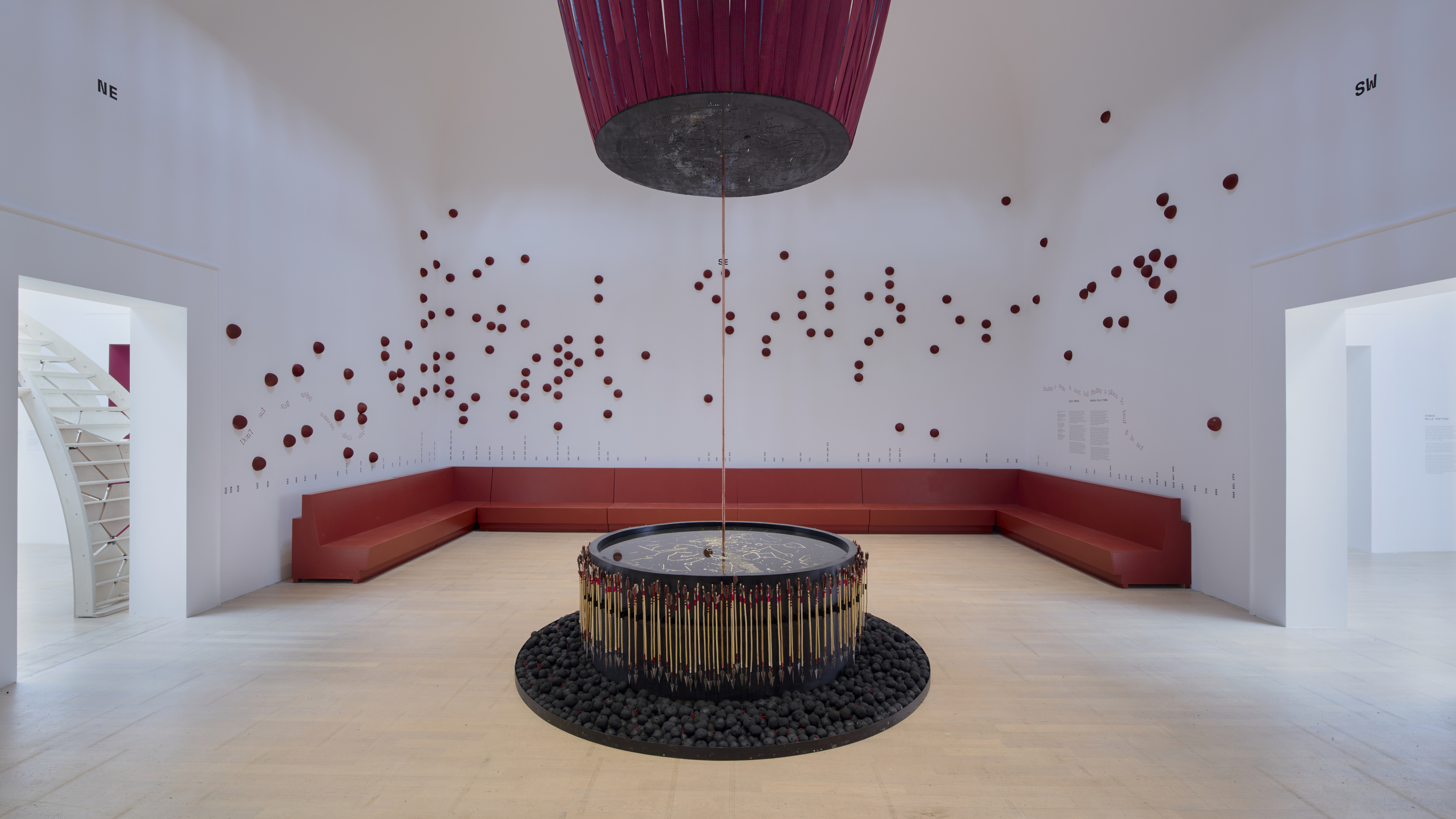 The 2025 British Pavilion in Venice offered up a Geology of Britannic Repair
The 2025 British Pavilion in Venice offered up a Geology of Britannic RepairThe 2025 British Pavilion in Venice is curated by an Anglo-Kenyan team of architects and designers; titled 'GBR: Geology of Britannic Repair', it explores the landscape of colonialism, its past, present and futures
-
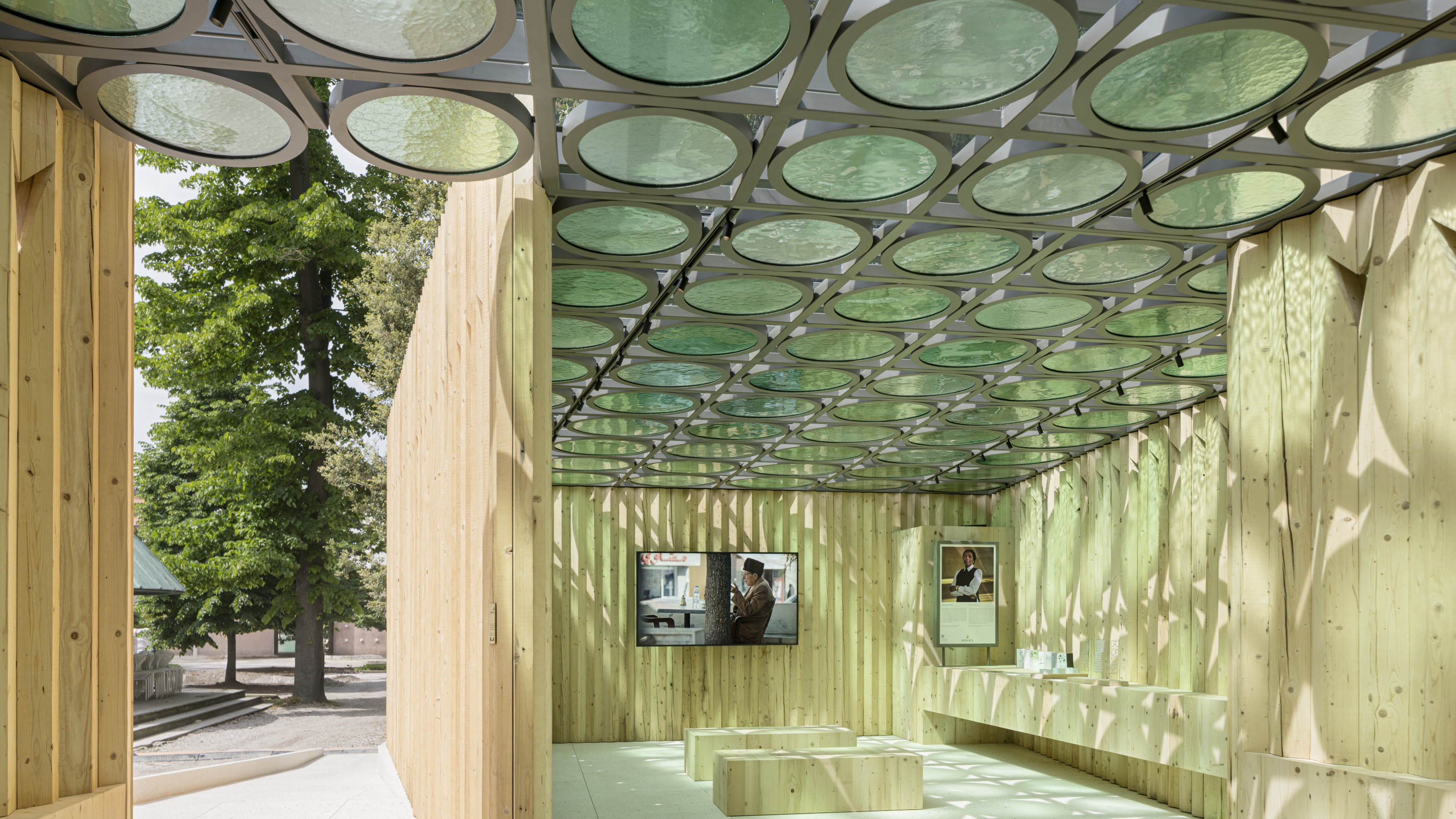 Sustainability underpins new Rolex Pavilion at the Venice Architecture Biennale
Sustainability underpins new Rolex Pavilion at the Venice Architecture BiennaleDesigned by architect Mariam Issoufou, the Rolex Pavilion is full of sustainably-minded soul – here’s what to expect from the building and the exhibit
-
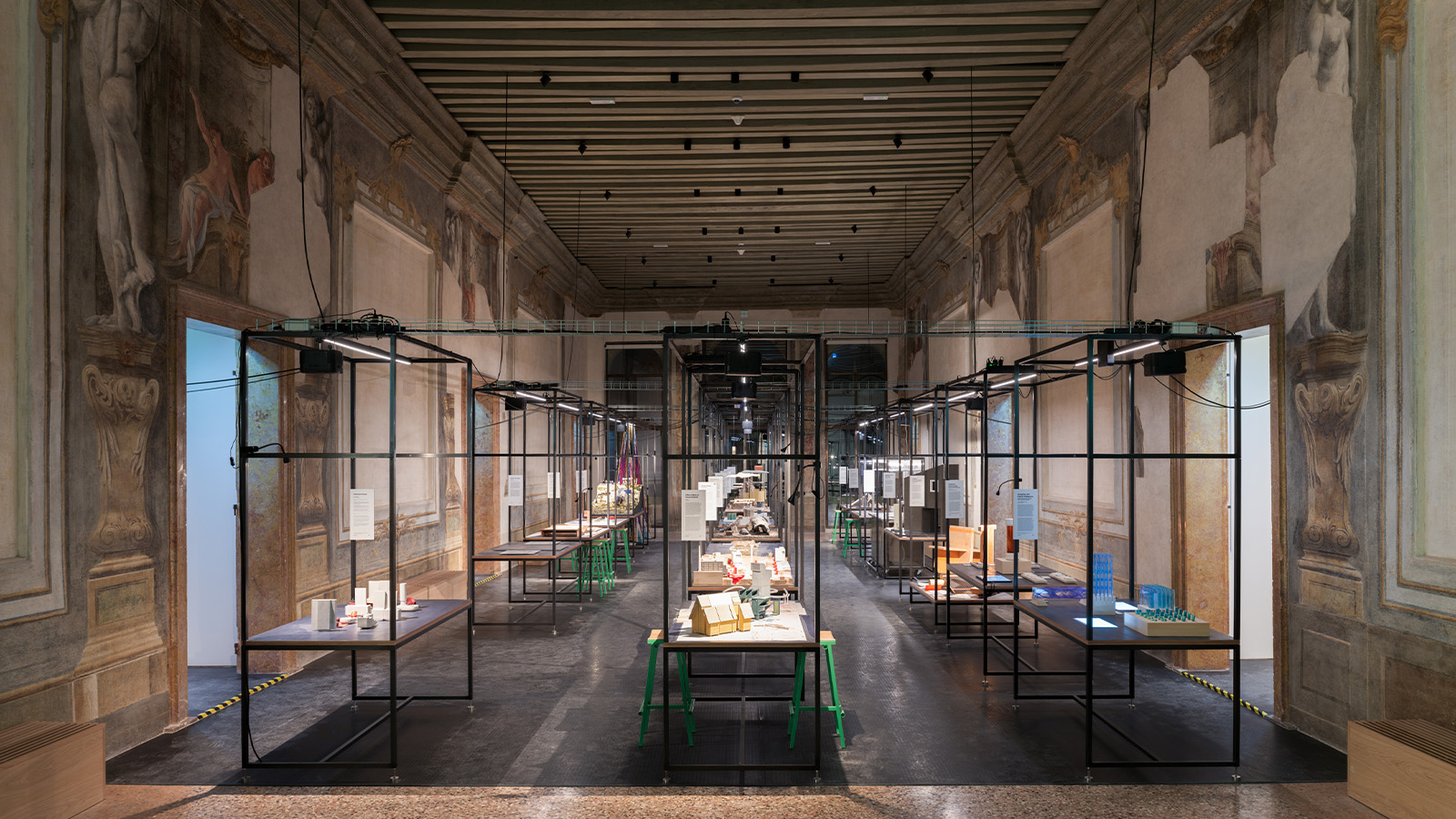 From 3D printed mud homes to portable kitchens, in Venice, we explore new ways to co-exist with our planet
From 3D printed mud homes to portable kitchens, in Venice, we explore new ways to co-exist with our planetAt Palazzo Diedo a new exhibition by MIT Architecture and Antikythera questions how construction is currently understood in order to ‘rebuild’ our world, for 19th Venice Architecture Biennale
-
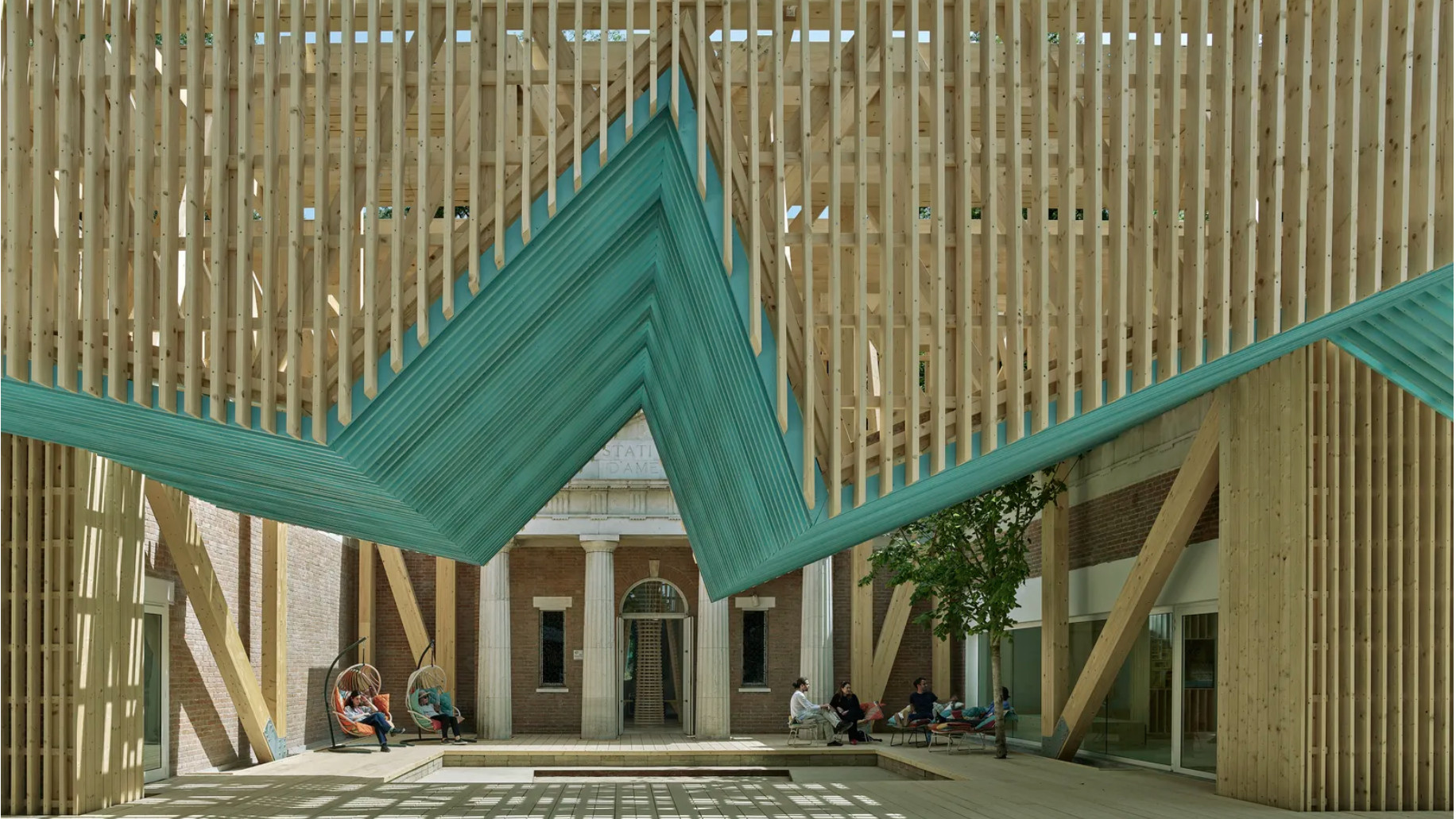 The 2025 US Pavilion at the Venice Architecture Biennale asks visitors to gather round
The 2025 US Pavilion at the Venice Architecture Biennale asks visitors to gather round‘PORCH: An Architecture of Generosity’ is a celebration of togetherness
-
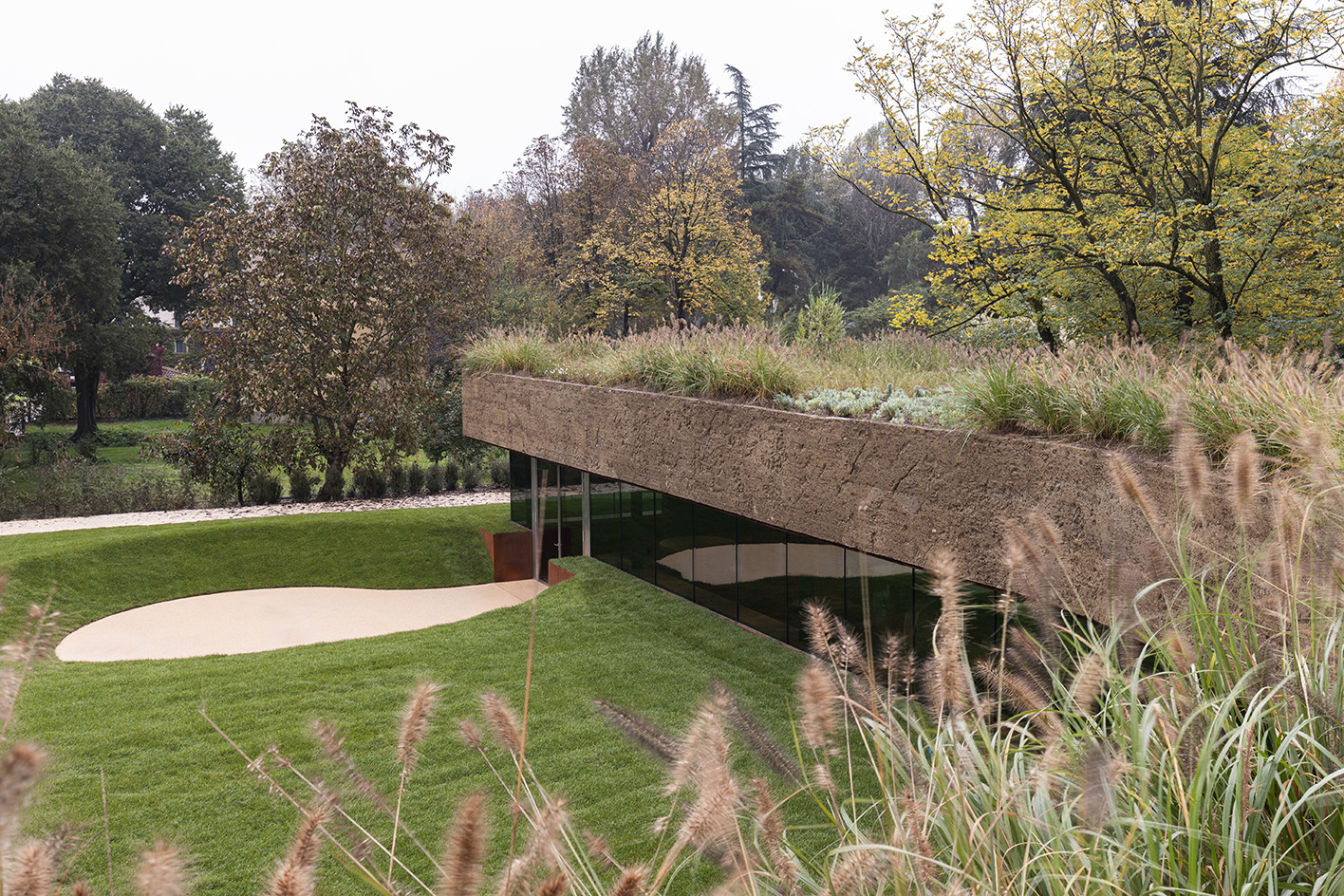 Meet Carlo Ratti, the architect curating the 2025 Venice Architecture Biennale
Meet Carlo Ratti, the architect curating the 2025 Venice Architecture BiennaleWe meet Italian architect Carlo Ratti, the curator of the 2025 Venice Architecture Biennale, to find out what drives and fascinates him ahead of the world’s biggest architecture festival kick-off in May
-
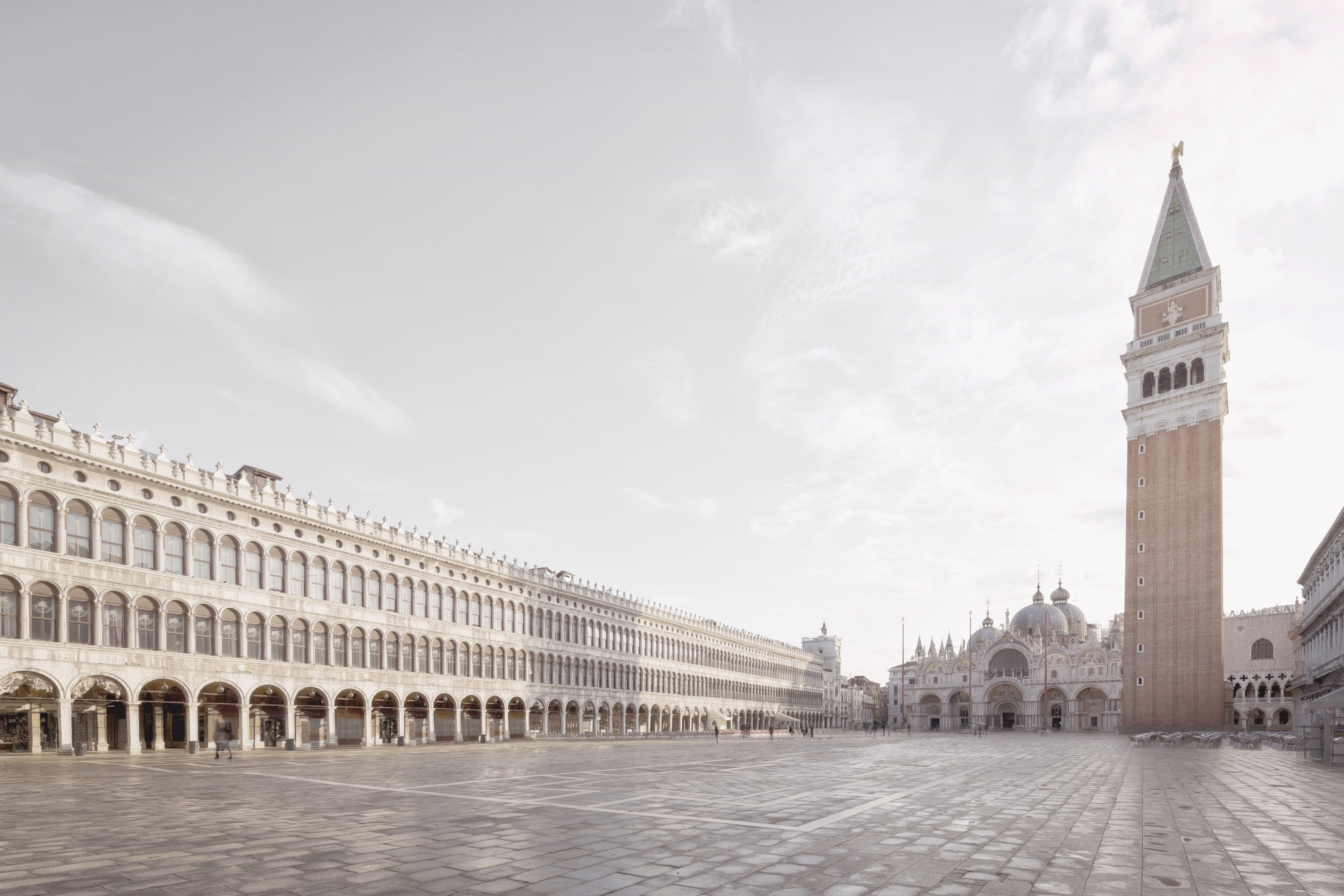 Venice Architecture Biennale 2025: the ultimate guide
Venice Architecture Biennale 2025: the ultimate guideThe Venice Architecture Biennale 2025 is now open to the public, and our ultimate guide for the what, who and where of the biannual festival is here to help you navigate the Italian island city and its rich exhibition offerings